With the release of Gensler’s ‘RESILIENT: Design Strategies for the Human Experience’, Sarah Bader shares three indispensable pieces of advice.

February 16th, 2022
After almost two years of pandemic infused starts and stops, we are witnessing an unprecedented transition in our work environment.
Our offices are now no longer the only destination for work but one of the many options we have in the new workplace ecosystem. This new ecosystem focuses on providing a variety of experiences that support the whole person creating environments that are inclusive, equitable and engaging.
With multiple channels to connect and engage, the challenge for the workplace of the future is to create a consistent and branded experience that is customised, flexible and frictionless. To foster connection with employees, all aspects of the experience must embed purpose and meaning unique to the company culture.
Our clients are asking for technological integration of app based occupancy and team planning; and value single platform integration of all aspects of the connected work experience to support the new hybrid workplace.
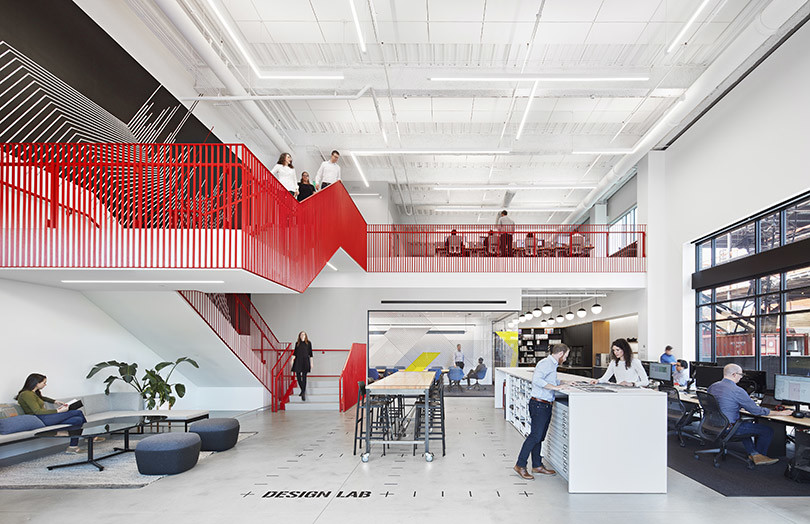
1. Make it flexible but build brand and purpose into every aspect of the work experience – from virtual to physical.
Managing the uncertainty of the past two years has required leaders to focus on building and maintaining the trust of their staff with an emphasis on transparency. This new priority is reflected in work environments focused on agile work styles that support universal access and accessibility.
From work in-progress and recently completed projects, our designs include user configurable environments with transparent enclosed areas that give employees flexibility and visual access to everyone in the organisation.

2. Space speaks: make sure there is a clear message focused on transparency and accessibility.
Wellness is a personal definition based on context. It is important for organisations to find new ways to support their staff, whether that’s with new types of amenities at the workplace or by proving to staff the space and time they need to rest and spend time with their families, eat healthy or exercise.
Building areas of respite, creating varied work settings to accommodate the diversity of needs and preferences, and including the outdoors where possible as a potential workspace are only some of the design solutions we have partnered with our clients on.

3. Wellbeing matters: make choices both large and small that actively support the health and wellbeing of all employees.
Everything matters – embedding purpose, building a transparent culture and supporting the wellbeing of all employees are only some of the demands on the new hybrid workspace. Employers should also focus on building personal and professional relationships for mental wellbeing.

This is an opportunity to rethink the physical workplace to offer a unique and fulfilling experience that can attract people, whether that’s through new technologies or new types of spaces.
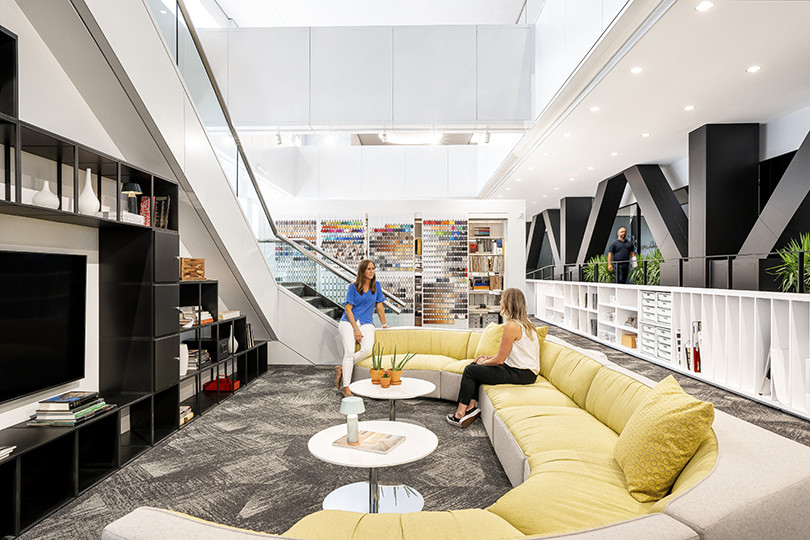
Sarah Bader is principal and managing director of Gensler Tokyo. Her article coincides with the release of Gensler’s 2022 Design Forecast, entitled ‘RESILIENT: Design Strategies for the Human Experience’.
Gensler
gensler.com
Photography
Courtesy of Gensler
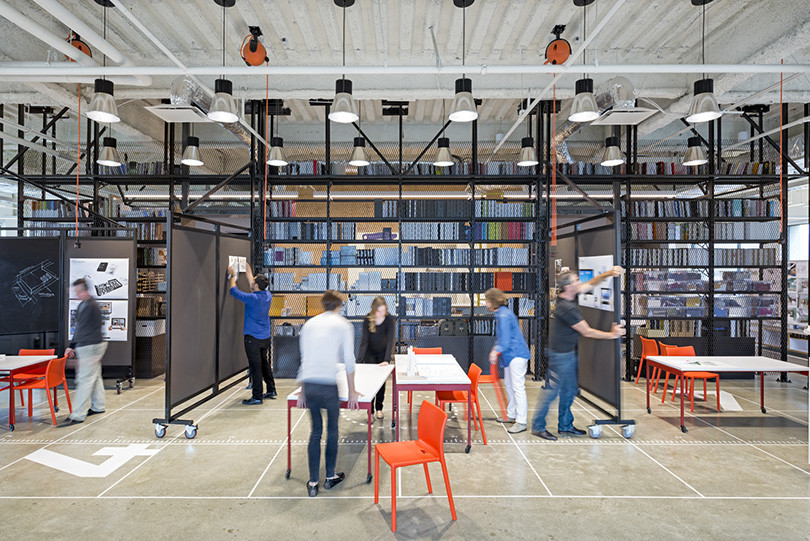
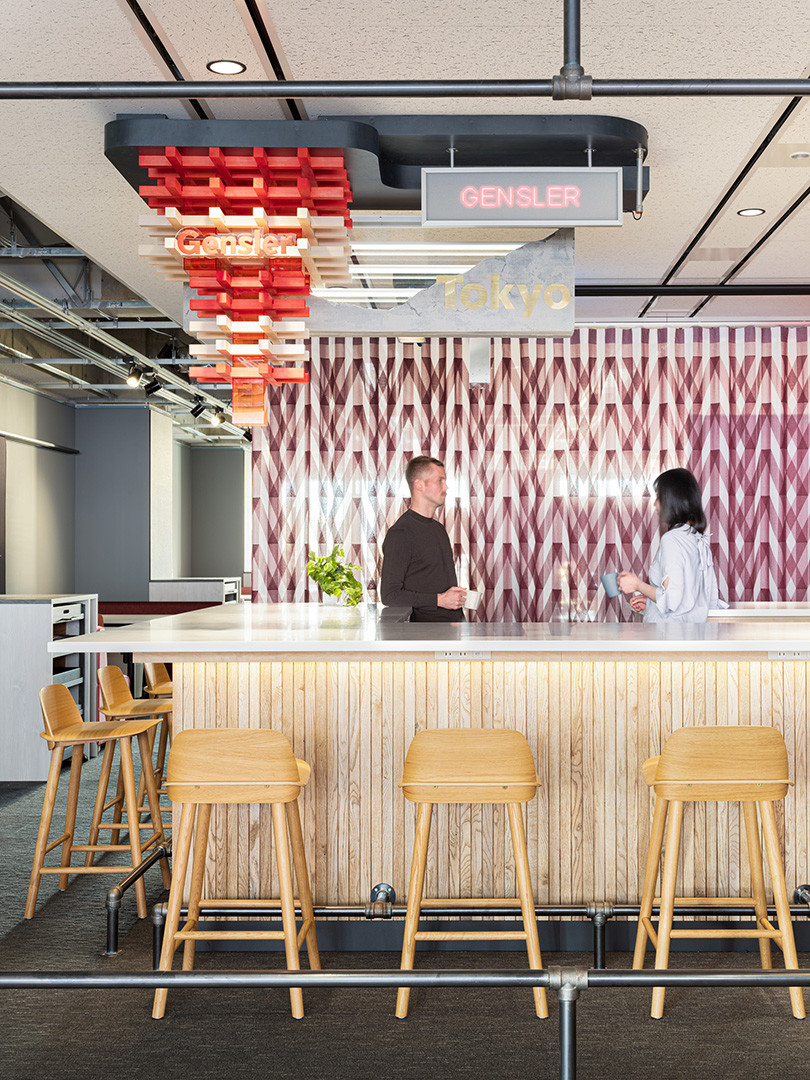

We think you might like this article on the future of work with SLAB and Herman Miller.
INDESIGN is on instagram
Follow @indesignlive
A searchable and comprehensive guide for specifying leading products and their suppliers
Keep up to date with the latest and greatest from our industry BFF's!
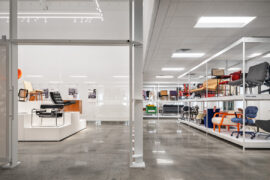
The undeniable thread connecting Herman Miller and Knoll’s design legacies across the decades now finds its profound physical embodiment at MillerKnoll’s new Design Yard Archives.

How can design empower the individual in a workplace transforming from a place to an activity? Here, Design Director Joel Sampson reveals how prioritising human needs – including agency, privacy, pause and connection – and leveraging responsive spatial solutions like the Herman Miller Bay Work Pod is key to crafting engaging and radically inclusive hybrid environments.

Welcomed to the Australian design scene in 2024, Kokuyo is set to redefine collaboration, bringing its unique blend of colour and function to individuals and corporations, designed to be used Any Way!

Gaggenau’s understated appliance fuses a carefully calibrated aesthetic of deliberate subtraction with an intuitive dynamism of culinary fluidity, unveiling a delightfully unrestricted spectrum of high-performing creativity.

The Melbourne-based interior designer is celebrating his eponymous practice’s quarter-century. He joins Timothy Alouani-Roby at The Commons during a flying visit to Sydney to discuss this milestone and much more.
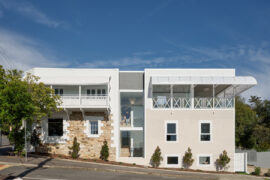
Jesse Lockhart-Krause, Director of Lockhart-Krause Architects, tells us about a storied building in Queensland that has now become a functional workplace for a therapy centre.
The internet never sleeps! Here's the stuff you might have missed

Jesse Lockhart-Krause, Director of Lockhart-Krause Architects, tells us about a storied building in Queensland that has now become a functional workplace for a therapy centre.
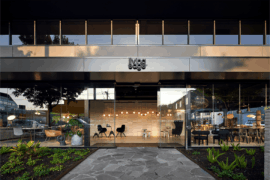
For Aidan Mawhinney, the secret ingredient to Living Edge’s success “comes down to people, product and place.” As the brand celebrates a significant 25-year milestone, it’s that commitment to authentic, sustainable design – and the people behind it all – that continues to anchor its legacy.
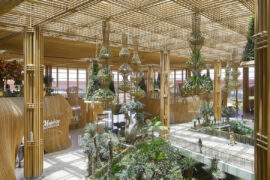
Winner of the INDE.Awards 2025 Best of the Best, Terminal 2 Kempegowda International Airport Interiors by Enter Projects Asia and SOM showcases 12,000-square-metres of biophilic design, featuring nine kilometres of handwoven rattan in a sustainable, world-class passenger experience.